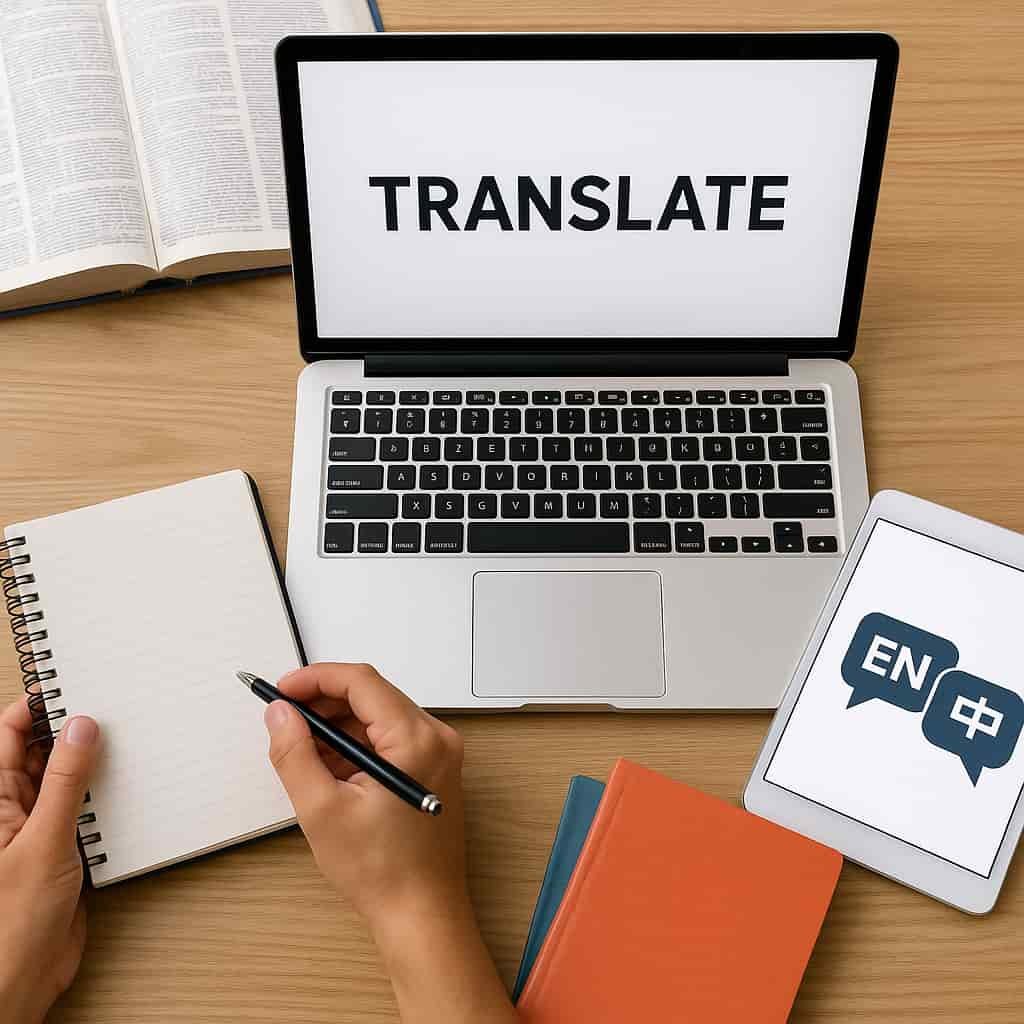What Is the Language Translation Process – A Step-by-Step Journey
The language translation process converts text or speech from a source language into a target language while preserving its meaning, tone, and intent. Here’s how it typically works:
Step 1: Analysis & Preparation
The team first studies the project, what it’s about, who it’s for, and the right tone to use. They set key terms, create style guides, and prepare the text in a CAT too.
Step 2: The First Draft (Translation)
This is the key stage of translation. The translator checks meaning, context, and style in every segment. They adapt idioms, rewrite slogans, and ensure accuracy. With skilled language translation in Dubai, the text speaks naturally to its audience.
Step – 3: Editing & Revision
A second linguist reviews the translation for accuracy, consistency, and fluency to ensure it reads naturally.
Step 4: Proofreading (The Final Polish)
A proofreader reviews only the target text, polishing grammar, spelling, punctuation, and formatting. They serve as the final quality check.
Step 5: Quality Assurance & Delivery
A final QA check, often automated in CAT tools, ensures the text is error-free before delivery.
2- Why Your Business Can’t Afford Poor Translation
You may ask, ‘Is this process really needed?’ For any business working across borders, the answer is absolutely “yes”
- Protects Your Brand: Bad translations can hurt your image and make your business look unprofessional.
- Drives Engagement: Good translations connect with people emotionally and boost sales.
- Reduces Risk: In legal, medical, or technical fields, one mistake can cause big problems.
- Saves Time & Money: Doing it right the first time avoids costly fixes later.
3- Key Fields That Need Professional Translation
Professional translation ensures accuracy, legality, and cultural relevance across multiple industries. Below is a checklist of the most common areas where certified translation is essential:
Marriage Certificate Translation
Required for:
- Immigration and visa applications
- Citizenship and residency processes
- Legal or civil registrations abroad
- Embassy and consular submissions
Ensures your marriage documents are valid and accepted by foreign authorities.
Medical and Health Translation
Important for:
- Patient records and medical histories
- Prescriptions and dosage instructions
- Research papers and clinical studies
- Hospital discharge summaries and reports
Guarantees precision and safety in healthcare communication across borders.
Education Translation
Needed when:
- Applying for foreign universities or scholarships
- Submitting diplomas, degrees, or transcripts
- Getting credentials evaluated for jobs abroad
- Translating academic research or thesis papers
Helps students and professionals gain international academic and career recognition.
Legal Translation
Used for:
- Contracts, agreements, and memorandums
- Court judgments and legal notices
- Corporate compliance documents
- Government or judicial paperwork
Essential for official and judicial use — explore more about what is legal translation services to understand how accurate legal documentation supports cross-border compliance.
Financial Translation
Required for:
- Bank statements and balance sheets
- Tax filings and audit reports
- Annual financial disclosures
- Global business transactions
Maintains clarity, accuracy, and compliance in international financial dealings.
4- Most Popular Languages for Translation Across the Globe
Globalization has increased demand for certain languages. The most commonly translated worldwide include:
- English: The global business and technology language, often translated both to and from other languages.
- Chinese: Vital for trade, manufacturing, and business expansion in Asia.
- French: An official language in many countries, international organizations, and academic institutions.
- Turkish: Turkish language translation in Dubai is in high demand for business, legal, and immigration needs, driven by the city’s global role in trade and migration.
- German: Key for European trade, engineering, and technical documentation
5- Beyond Words: The Human Touch in a Digital World
Many ask, ‘Why not just use a machine?’ While helpful, machines lack cultural nuance and context. Human translators ensure your message not only translates but truly resonates.
6- Conclusion: Translation as a Bridge
Translation is a journey of carrying meaning, culture, and intent across languages. Businesses that respect this process unlock global growth and customer trust.


